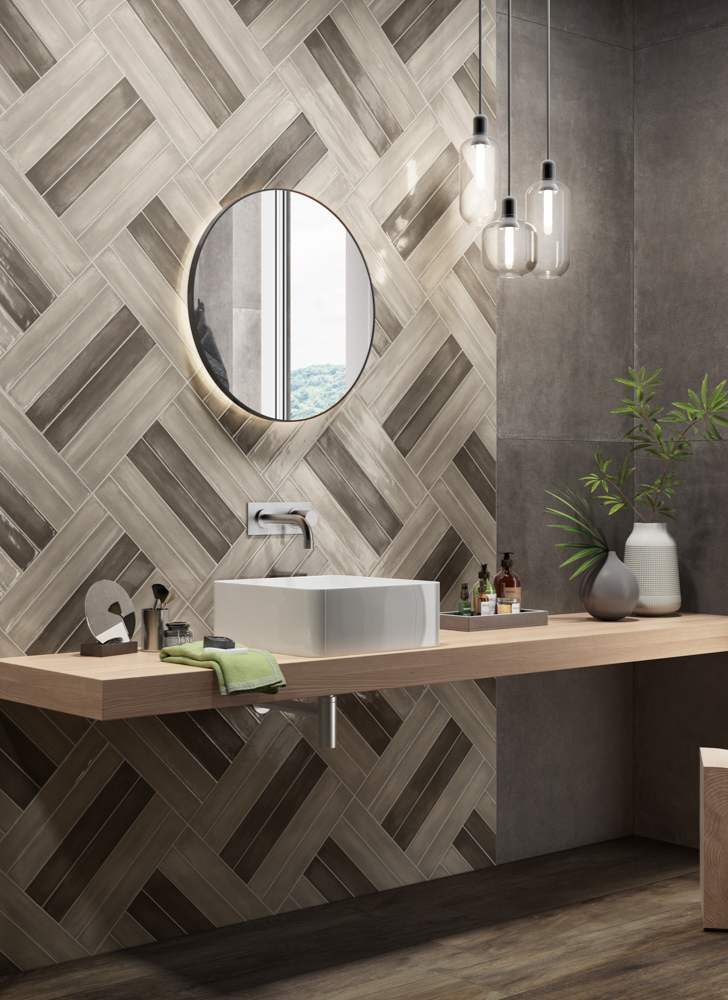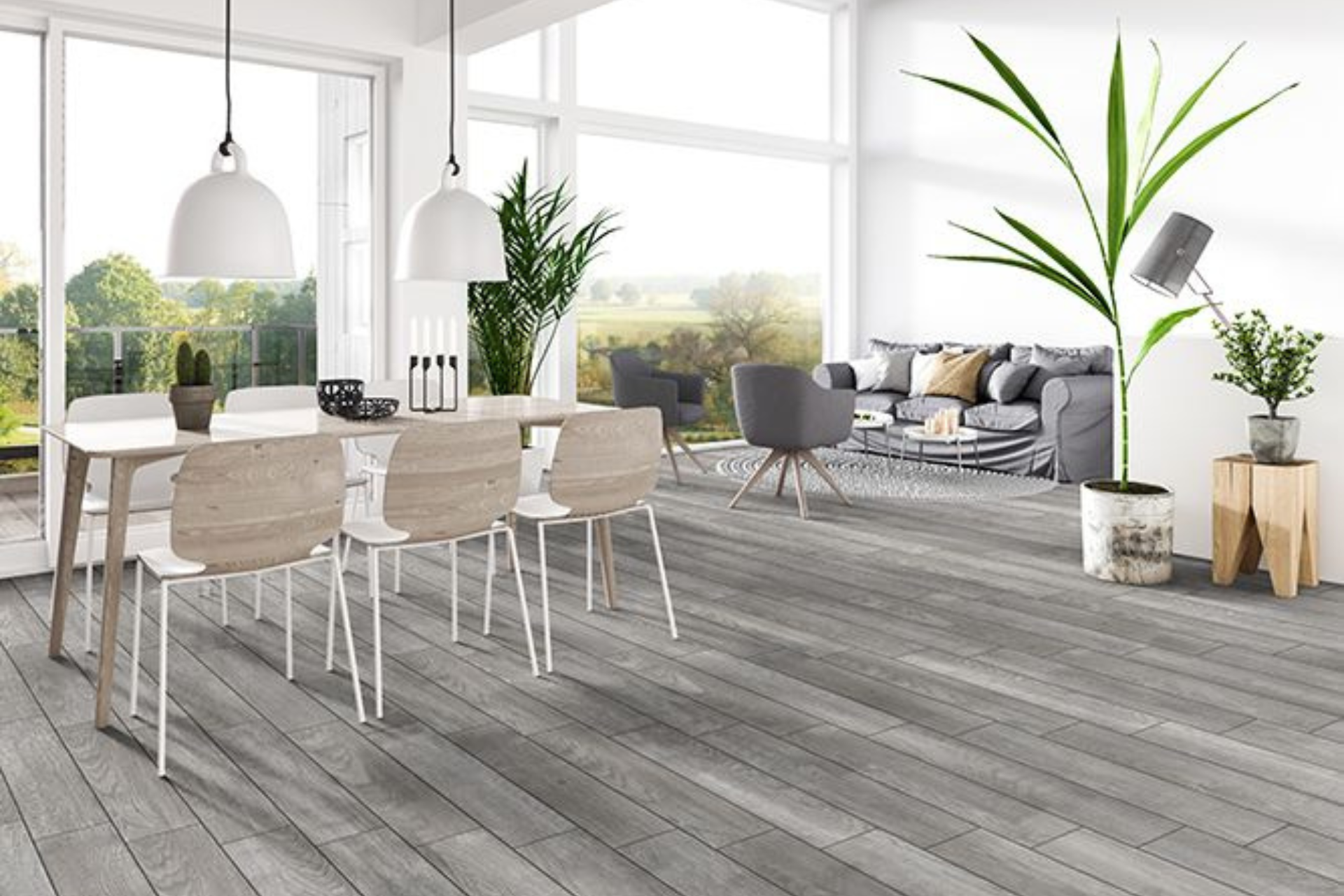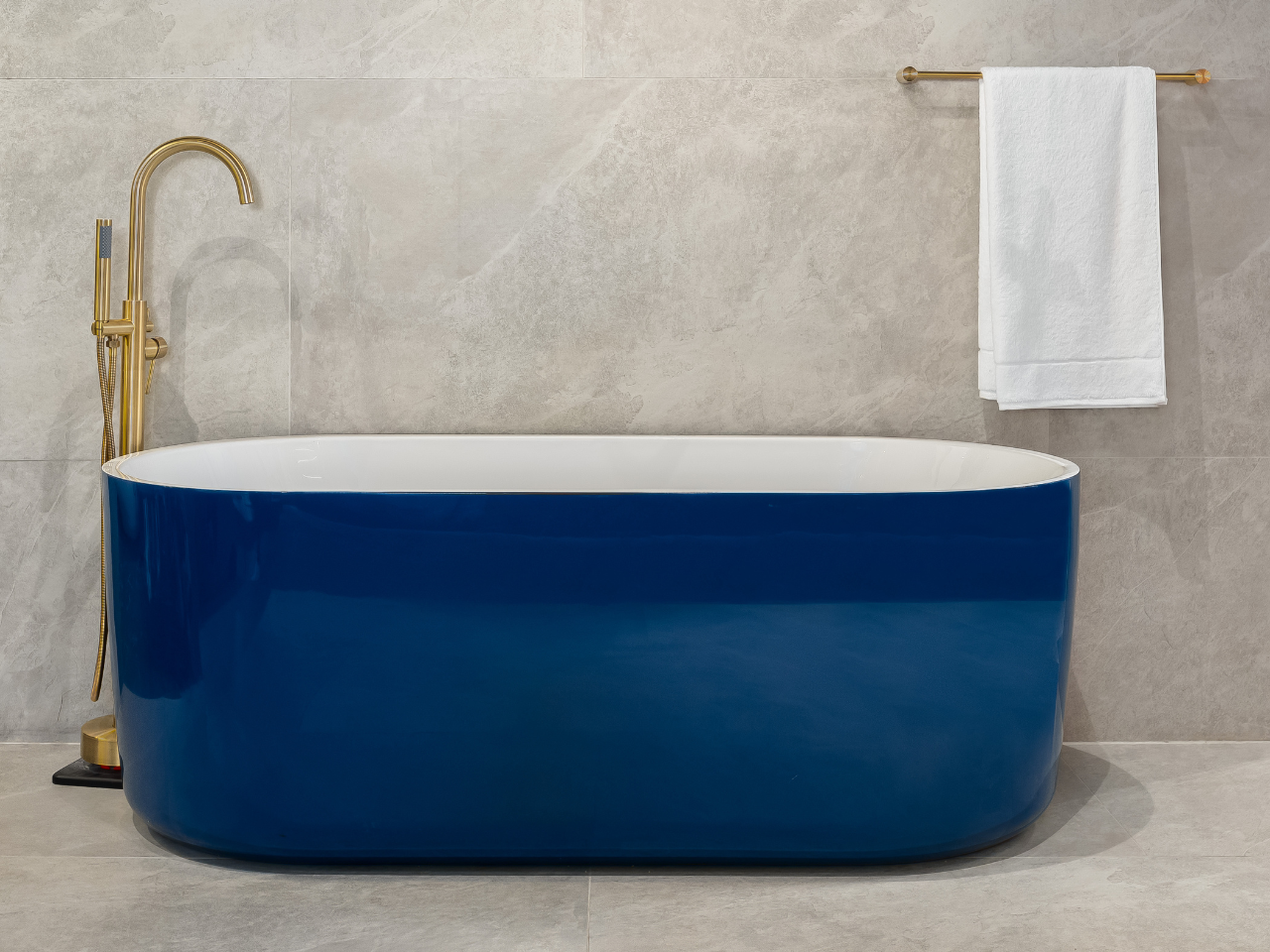faq’s about
general
can I shop online on your website?
currently, the tiletoria website offers quote-requests only. full e-commerce purchasing will be available soon.
do you deliver?
yes, we can do deliveries – your area is required before we can assist you with this. contact us directly for a delivery cost estimate. alternatively, you can include a delivery request when submitting your quote, and our team will add an estimated delivery cost to your quote.
can I buy grout & adhesives at tiletoria?
yes, we stock a wide variety of different coloured grouts, adhesives and glues.
browse our full range of installation essentials here.
our friendly agents can also connect you with professional tilers if you need.
faq’s about
tiles
what is a ceramic tile?
ceramic tile is made up of sand, natural products, and clays and once it has been moulded into shape they are then fired in a kiln.
when making ceramic tiles they can either be glazed or unglazed, but the majority of homeowners have glazed ceramic tiles in their home.
with their increasing popularity, there are hundreds of different designs of ceramic tiles.
if you are considering changing your flooring, it is important to consider the advantages associated with using these tiles in your home.
what is a porcelain tile?
porcelain is one particular type of fired clay, albeit of a more refined quality than those used in ancient times.
kaolin clay (kaolinite) is the main component of porcelain tiles, although other minerals such as feldspar and quartz are present.
in British Standard terms, BS EN 14411 defines a porcelain tile as a ‘ceramic fully vitrified tile with water absorption of 0.5% or less’. in addition, traditional European porcelain tiles are produced with clays containing as little iron oxide as possible to produce a material as white as feasible.
when clay is fired, it is the degree of vitrification (from Latin ‘vitreum’), which determines whether a tile fulfills the requirements of a porcelain tile.
vitrification is the transformation of a material into ‘glass’, which is formed during the high-temperature firing phase of tile production.
the glassy materials produced fuse together forming a vitreous mass with a reduced number of pores, which is extremely hard and dense.
what is a matt finish tile?
matte-finish tiles are dull and do not reflect light like gloss-finish tiles.
hence, they are more appropriate for larger kitchens.
matte-finish tiles in compact kitchens can make the kitchen look and feel smaller, unless the rest of it is carefully designed to counteract this effect.
what is a glossy finish tile?
glossy tile surfaces are shiny, but they are also resistant to liquids and dirt, allowing you to be able to clean them without issue.
glossy tiles open up smaller spaces in your home, making the room looks bigger than it is.
this is an ideal choice for smaller homes or areas such as living rooms.
why can't I use mosaic tiles for floors?
mosaic floors are fragile and susceptible to breakage.
dropping heavy objects on mosaic glass tile should be avoided because this may result to either crack or chip tile.
this becomes a risk to whoever walks on the floor barefoot.
as opposed to other types of flooring they cannot withstand a lot of foot traffic.
proper care and maintenance are important to ensure that the tiles don’t get damaged and remain beautiful.
another disadvantage of using mosaic flooring is that it can be slippery when wet.
they can still catch water like any other tile, so they need to be covered with waterproof grout in order to avoid being slippery when wet.
what is a glazed finish tile?
glazed tiles are subjected to a second firing process where they are covered in a protective coating of liquid glass.
this protective coating makes the tiles somewhat slick, but also allows them to be printed with a wide variety of designs and colors using inkjet technology.
what are rectified tiles?
rectified tiles, or sharp edge tiles as they can be known, are ceramic or porcelain tiles that have been manufactured to a very precise tolerance.
this means they are cut to near exact measurements with a near perfect straight edge.
due to this precision, rectified tiles are the perfect choice for fitting with a finer grout joint creating a clean, even and seamless finish.
the cleaner edges also make it easier to create intricate laying patterns as you have more flexibility with the grout line width, a prime example being basket weave.
rectified tiles follow the same production process as non-rectified tiles except that the clay mix is moulded slightly bigger than required. this allows the edges to be ground or cut down with a diamond saw after the kilning process, it’s known as the ‘rectifying’ process.
is laying tiles difficult?
laying tile is easy but laying tile and doing it well is difficult.
from that angle, it may make more sense to hire a professional tiler than to do it yourself.
what do i need to install tiles?
- backerboard and underlayment.
- grout, caulk and mortar.
- trowels, floats, paddles and more.
- maintenance products.
- metals, transitions and wood molding.
- buckets, spacers, leveling systems.
- cutting and miscellaneous tools.
faq’s about
orders
do you deliver?
yes, we can do deliveries – your area is required before we can assist you with this. contact us directly for a delivery cost estimate. alternatively, you can include a delivery request when submitting your quote, and our team will add an estimated delivery cost to your quote.
where do you deliver to?
there is currently no information available for this question. please check back soon!
how much does delivery cost?
delivery cost estimates depend on the delivery location. we currently provide delivery within a 60km radius of our showroom locations. for locations beyond 60km, alternative transport arrangements will be required, and we can assist you with this. view our full delivery information here.
how long do orders typically take?
orders typically take 3 to 4 days to process, provided our warehouse has the product and quantity you need in stock. for updates on your order status, please contact the branch where you placed your order directly.
what is your refund & returns policy?
any in-store specials or discounted items are non-returnable and non-refundable.
special orders are non-stock items and are non-returnable and non-refundable.
see more information on our return policy here.
faq’s about
wallpaper
the wallpaper substrates we use come in a range of finishes suitable for different environments.
each is fire retardant in accordance with EN13501-1:2007 and available in a range of pre-pasted, unpasted and heavy traffic options.
we can also laminate wallpapers to make them ideal for humid spaces such as kitchens and bathrooms.
our paper finish wallpaper is PVC free and 100% recyclable.
printed with non-toxic latex inks and matt UV varnish, providing our clients with an eco-friendly, quality product.
robin sprong’s customisable prints are endorsed with both Green Guard Gold® & UL ECOLOGO.
can I buy rolls of wallpaper?
unfortunately no, we print to the dimensions of the wall, printed in panels according to the height of the wall.
what is your lead time?
we have a 7 – 10 working day lead time after both artwork approval and 70% deposit.
can I supply my own image for print?
yes, by all means. please note that images need to be at least 2MB per m².
we accept TIFF, PDF, JPG, AI and RAW files.
do you do custom wallpaper?
yes, we do! it is costed at R650 per m² ex. VAT for every hour of design time.
how do I provide you with dimensions?
measure in millimeters from the far left of the wall/surface to the furthest point on the right. measure the highest height of the wall, excluding skirtings and finishes.
do you provide installation?
we can definitely arrange for installation. please enquire into installation fees as they vary per region (JHB, CPT, DBN).
can I apply on my window?
yes, we offer various materials/substrates for various surfaces – windows, table tops, walls, dry walls, etc.
can I apply on my brick wall?
unfortunately not, the surface needs to be even and smooth. we suggest walls be smoothed, primed and painted (with a water-based paint) before installation.
how do I measure a wall with many protrusions and built in cabinets/cupboards?
no worries! we are happy to do site visits and help you under such circumstances. we can work together to ensure we jot down the correct measurements.
I'm not sure if my wall is ready for wallpaper? what do I do?
give us a call! we will be happy to do a site visit to ensure that you receive the best advise how to prep your wall for your new wallpaper.
faq’s about
wall tile stickers
can I use stickers on a different size tile?
yes, you can use your current grouting as a reference and space the stickers evenly to create a ‘grouted’ look. the splash backs on our website were both created installing 15x15cm stickers over 30x20cm sizes tiles.
how water proof are vinyl tile stickers?
our vinyl stickers are waterproof, ensure you follow our application instructions for maximum longevity. we have had great success using stickers on various surfaces outdoors.
can I apply my stickers onto walls?
yes, as long as the surface area is not too bumpy. vinyl is designed for smooth surfaces. the smoother the surface, the better the grip.
can vinyl be removed after use?
yes. in normal circumstances it can be easily removed from glass, tiles or other smooth surfaces. various factors like temperature (sun exposure), surface attributes or time may all contribute to a more permanent bond of vinyl, if this is the case, one can use glue removing chemicals to remove glue residue. there are products on the market, but ensure you test this on a small area first to avoid damaging the original surface.
if removed from wall, you may need to re-paint the surface, depending on the original paint quality.
some of our vinyl products are reposition able and can be removed without any damage within a 1-6 month period, depending on the surface it is applied to,
can I reuse my vinyl stickers?
removing and reusing is nearly impossible because the adhesive is no longer sticky and many times, the vinyl can tear or be stripped.if removed from wall, you may need to re-paint the surface, depending on the original paint quality.
some of our vinyl products are reposition able and can be removed without any damage within a 1-6 month period, depending on the surface it is applied to.
how long will my stickers last?
anywhere between 3 months and 3 years, depending on where and how it is installed and how it is cared for.
our vinyl is not an outdoor grade vinyl and is meant for indoor use only (although we have used it outdoors to test it, we don’t recommend it for outdoor use). prolonged exposure to sun may also cause vinyl to disintegrate over time.
looking for
something else?
looking for
inspiration?
subscribe for the latest news
receive the latest updates on upcoming sales and explore our exclusive offers ahead of the general public
subscribe for the
latest news
receive the latest updates on upcoming sales and explore our exclusive offers ahead of the general public






